The rest of Venus and Vulcan
Oil on canvas, cm 72x127
With frame, cm 90x147
The artist responsible for the execution of this canvas is able to interpret in an original way the suggestions of the art of the ideal master Francesco Albani; the painting is in fact a personal interpretation of the iconographic theme of the Rest of Venus and Vulcan, designed by Albani and presented in the masterpieces of the Musée du Louvre (cat. MR14) and the Borghese Gallery (cat. 035): to inspire the Albani in the conception of this new iconographic typology is a Hellenistic text, rediscovered and translated by the scholars of the early seventeenth century, the Eikones di Filostrato di Lemno. Venus and the consort Vulcano are lying softly on the grassy ground, while a procession of amorini and putti hoist the metal artifacts made within the forge of the god. The landscape that welcomes the figures is extensive and bright; to emphasize the intimacy between the two lovers, in our canvas there is a red drape with soft drapes, absent in both versions of the subject conceived by the painter from Bologna.
Francesco Albani was born in Bologna on 17 August 1578. His father was a silk merchant and wanted his son to follow his business, but Francesco became an apprentice of the Flemish mannerist painter Denijs Calvaert. In this studio he met Guido Reni, and together they joined the so-called "Accademia degli Incamminati" run by the Carracci family. This study gave impetus to the careers of many painters from the Bolognese school, including Domenichino and Guercino. In 1600 Albani moved to Rome, where he worked on the frescoes of Palazzo Farnese under the guidance of Annibale Carracci. Albani’s Roman sojourn lasted sixteen years.




























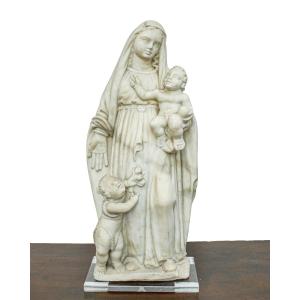

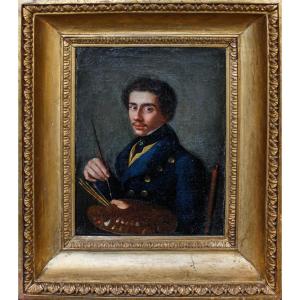

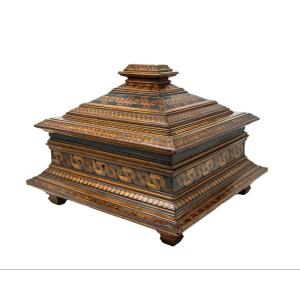

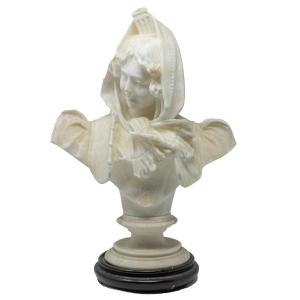



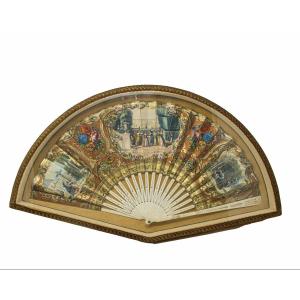
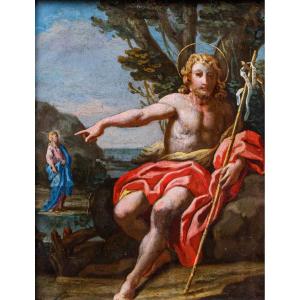


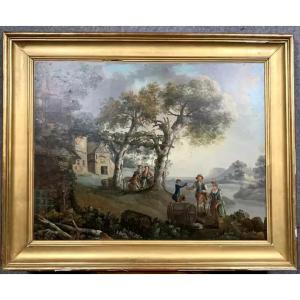





 Le Magazine de PROANTIC
Le Magazine de PROANTIC TRÉSORS Magazine
TRÉSORS Magazine Rivista Artiquariato
Rivista Artiquariato